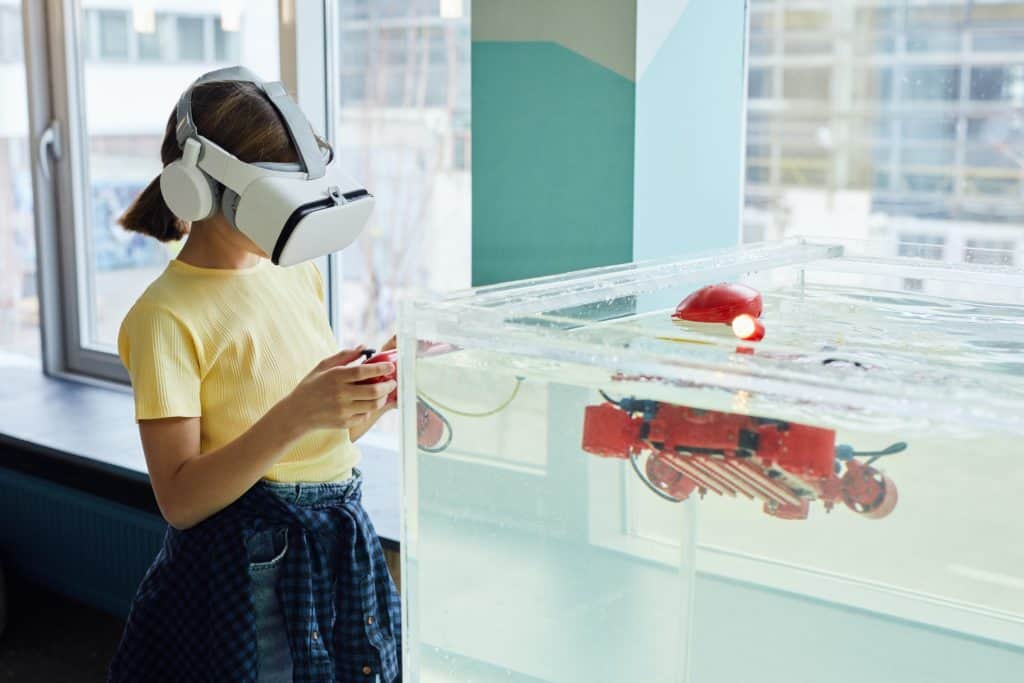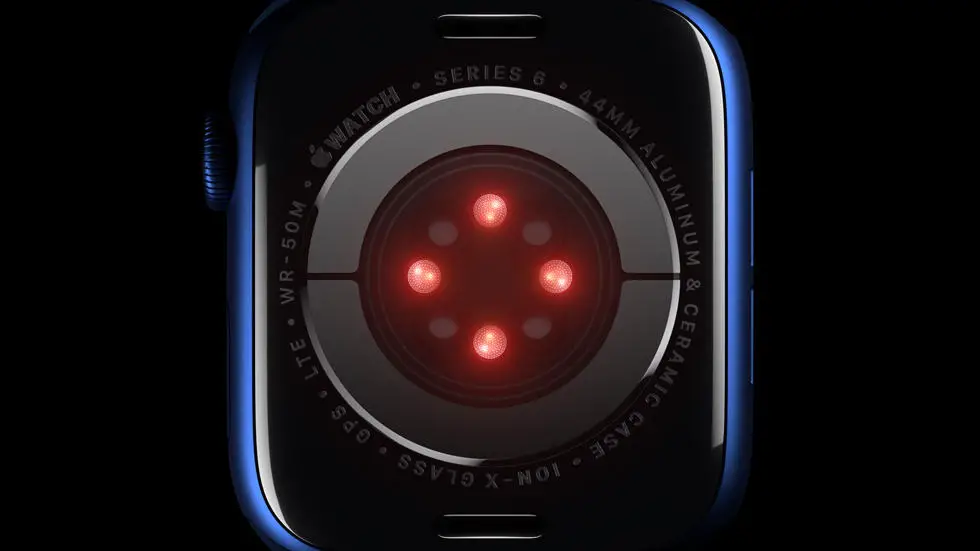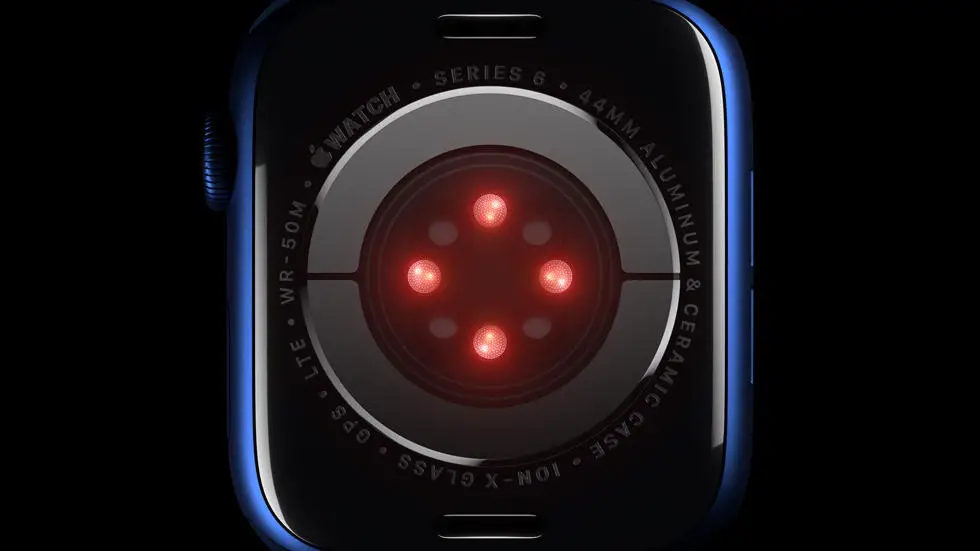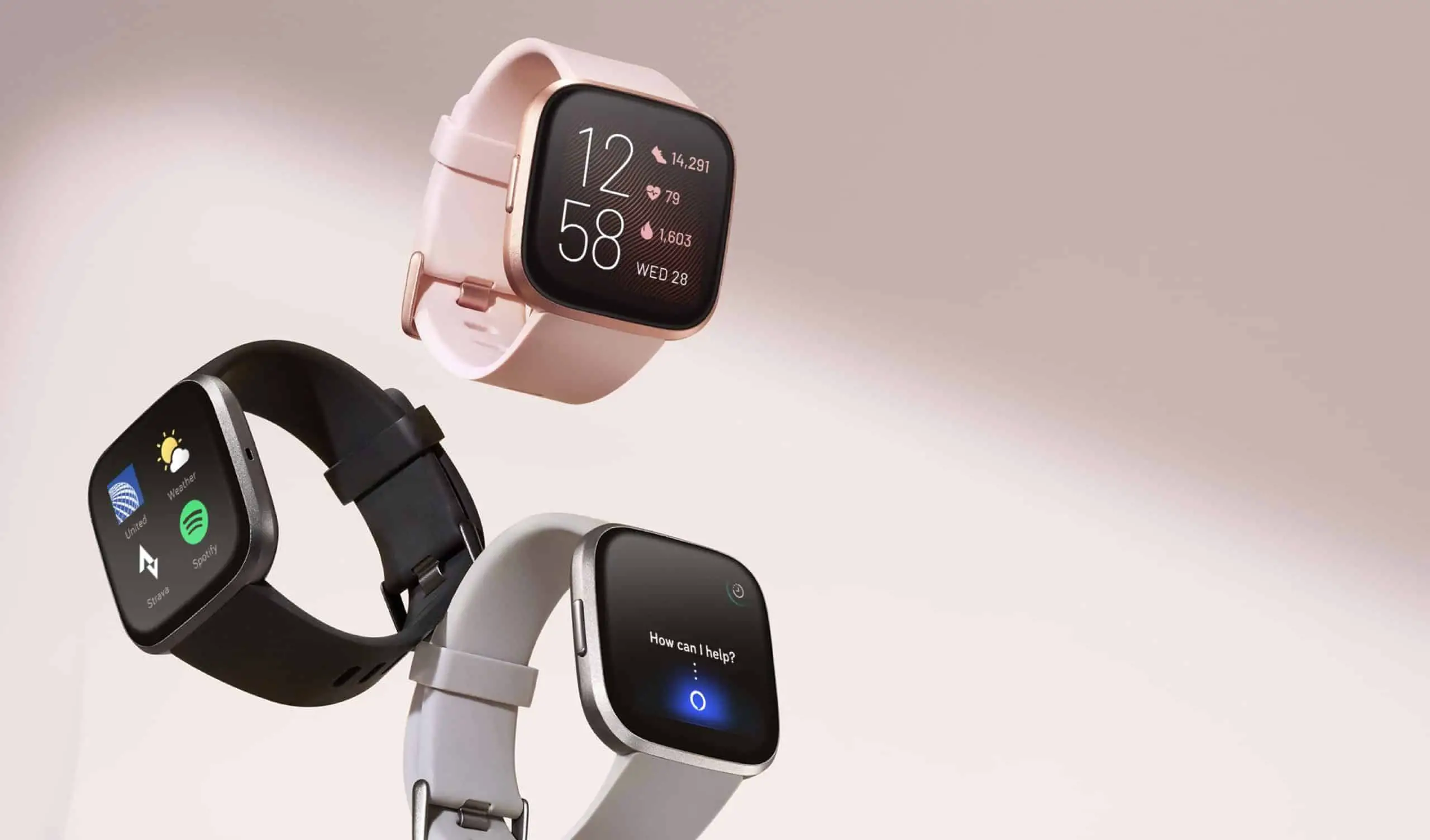Science fiction is no longer fiction, at least not in this day and age of fast technological advancement. Self-driving automobiles or electric vehicles would have been a pipe dream ten years ago. Advancement in VR and MR, you might say.
We imagined a scenario in which robots could handle all of the menial labour jobs that people had to do in the past, but today we see robots in the workplace performing normal manual activities better than humans. We envisioned a future where individuals might modify or build their environments.
That future has already become our present. Now, you can feel like you’re at a soccer stadium hundreds of miles away while sitting comfortably on your sofa at home and putting on a headset.
Virtual reality (VR) has come a long way since it was only possible in the minds of sci-fi writers a few years ago. However, VR is a catch-all word for various comparable technologies, such as mixed reality (MR). Let’s compare the two technologies.
What Is Virtual Reality?
The concept of virtual reality (VR) on its own seems strange. What if you could go anyplace you wanted while remaining in the comfort of your own home? Have you had any experiences? Reality has finally caught up with science fiction. Next-generation immersive learning experiences have been expedited by the use of virtual reality.
VR is a computer-generated environment that uses three-dimensional images to simulate a non-existent physical world. It is an immersive computer-simulated experience that fools your senses into believing you are on another planet or disconnected from the actual world.
You can use a headset to be wherever you choose, such as at the top of a mountain or underwater, and move as you would in real life. VR advances computer interfaces to the next level, where digital surroundings interact to create the sense of being there.
What Is Mixed Reality?
Virtual reality is often used as a catch-all word for all types of immersive experiences, including numerous related terminology like augmented reality and mixed reality.
What is mixed reality? And how does it compare to VR? Mixed reality (MR) combines the best of both worlds by combining the physical and virtual worlds to create new landscapes in which you may interact with things from both realms.
MR is one of the most recent breakthroughs in extended reality, taking augmented reality to a whole new level by allowing you to control the digital pictures that superimpose over the actual environment.
A digital environment may link to physical objects. Some digital goods seem to be real-world objects, and you may even interact with them as such. As a consequence, “Hybrid reality” is another name for MR.
Similarities Between Virtual Reality And Mixed Reality:
Both the Microsoft Hololens and the Oculus Rift are, at their heart, head-mounted screens that monitor the orientation and position of your head in 3D space. They both employ a mix of gyroscopes and accelerometers to achieve orientation, similar to how a mobile phone can.
However, the 3D positional tracking system changes across Mixed and Virtual Realities. Position tracking in a virtual reality headset, such as the Oculus Rift, is accomplished using an “Outside In” approach.
The headgear has a series of infrared (IR) LEDs that are invisible to the naked eye. The Rift requires 1-4 specialized sensors to be placed around the room to keep track of the IR lights. It, paired with the orientation sensors in the headset, accurately recreates your head motions.
The Microsoft Hololens offers a unique method for positional tracking. In all, there are five cameras in the hololens helmet, which can generate a detailed depth map of the space you’re in. The headgear is continually mapping its surroundings and is aware of its whereabouts.
This “inside out” form of positioning monitoring removes the need for external sensors, allowing for an automated setup.
Tethered Vs. Untethered
Of course, to work, each of these technologies needs a certain amount of processing power. Another significant distinction between Mixed Reality and VR may be found in this post. While VR devices such as the Rift need you to be attached to a high-end PC.
The Microsoft Hololens is self-contained, having an inbuilt Intel CPU that takes in all of the data from its sensors and 5 cameras and converts it into usable information for the user. That makes it more convenient than a high-end VR setup.
That’s not to say there aren’t any untethered VR solutions, but now they restrict to phone-based experiences like Google Cardboard or Oculus Gear VR. They lack location tracking and are of poor quality.
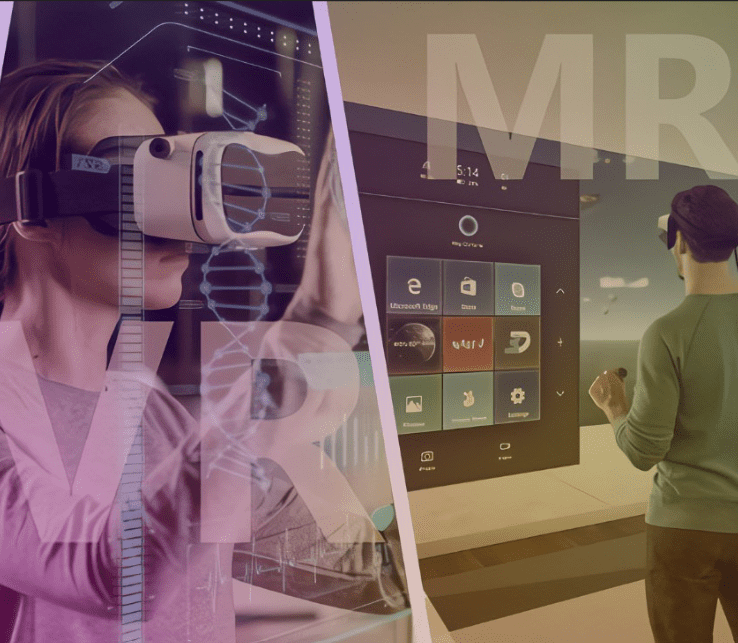
Isolation Vs. Collaboration
The human component, and how we connect with other people, is one area where VR headsets vary from Mixed Reality headsets like the Microsoft Hololens. When you put on a virtual reality headset, you transport yourself to a new virtual world.
In your present surroundings, this planet is secluded. You can’t notice the people or objects around you because you immerse in your own experience. Of course, others may join you within the VR experience, but you’ll all be cut off from the outside world.
The Hololens provide a distinct sensation when you wear the headset since you can always view your current surroundings. You may still chat and converse with individuals in the room without disrupting the immersion of the information you’re seeing.
Multiple individuals may wear the Hololens and view the same holograms mixed in with their surroundings while still collaborating. It is a far better business option since you can always have your customer’s attention while attempting to show them a product or process, and engage in that experience.
Difference Between Virtual Reality And Mixed Reality:
Meaning
Virtual reality is a 3D computer-generated interface that provides a virtual environment to replicate a non-existent actual world. VR advances computer interfaces to the next level, where digital surroundings interact to create the sense of being there.
Mixed reality takes augmented reality to the next level by fusing the physical and virtual worlds, allowing you to interact with and alter both real and digital items and settings.
Interaction
Simulated reality generates an entirely virtual environment that misleads your senses into believing you’re on a separate planet or cut off from the actual one. Using VR eyewear and haptic controllers, you can turn and move just as you would in real life while experiencing total sensory immersion.
On the other hand, mixed reality mixes a digital world with a physical one where both may exist simultaneously. You can move between the actual and virtual worlds effortlessly and concurrently. Real-world items may interact with virtual-world ones, and vice versa.
Immersion:
While both VR and MR are appealing technologies that strive to link the virtual and physical worlds, they do it in unique ways. VR isolates the user from the outside world to deliver a virtual immersive experience that is a duplicate of the actual world.
It shifts your perspective from the actual world to a computer-generated one. MR seamlessly merges the real and digital worlds, allowing for greater interaction between users and virtual world items. It mixes VR and AR features to give a truly immersive experience.
Summary
While both VR and MR are amazing technologies that strive to blend virtual and real-world things, they have specific features that set them apart.
Using virtual reality headsets, one can experience a computer-generated virtual world that completely obscures the real world around them.
It allows you to have a fully immersive experience in virtual worlds by tricking your senses into perceiving what the lenses want your eyes to perceive. Mixed reality is the next step ahead, combining components from both the real and virtual worlds to tear down the barrier between them.

